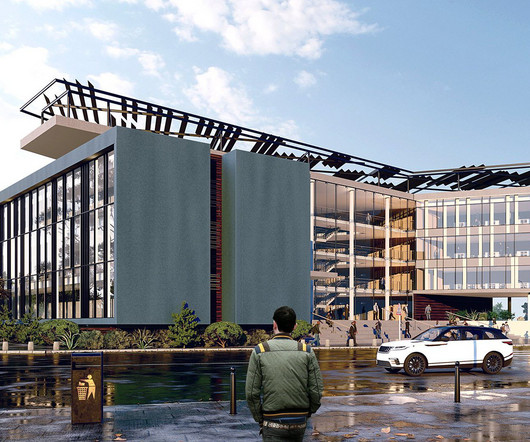The Commercial Design Process: How it Works in Cape Town
DesignScape Architects
APRIL 11, 2023
However, specific local regulations and restrictions that impact the design process will vary from country to country. Research is an essential part of any design journey, so let's outline what you'll learn in this blog, so you can feel more comfortable when you start a design project.












Let's personalize your content